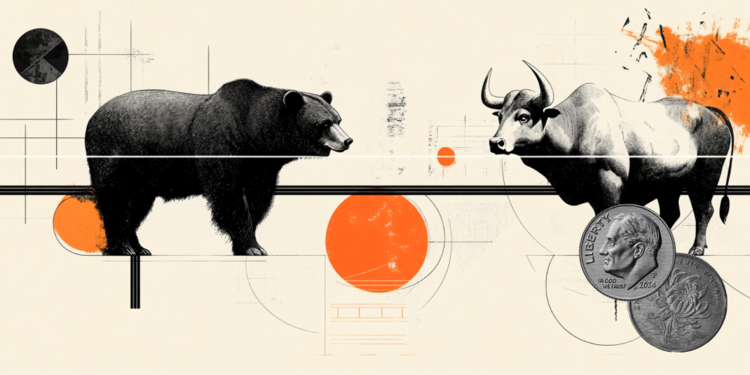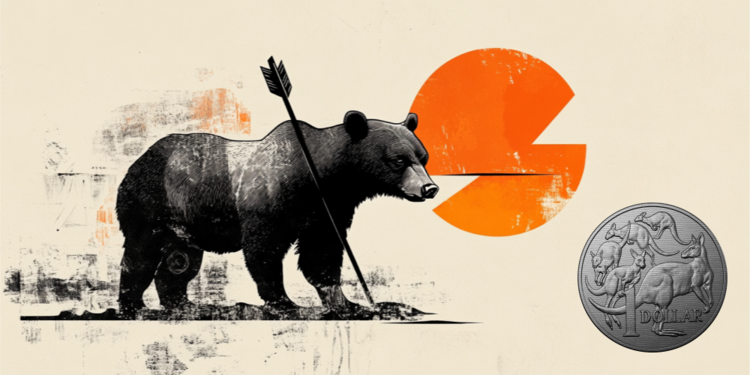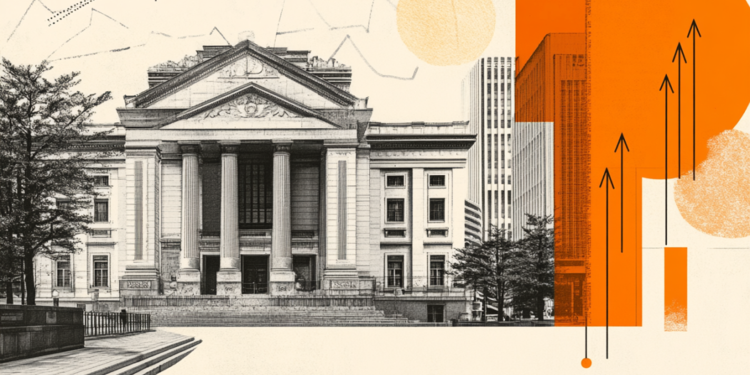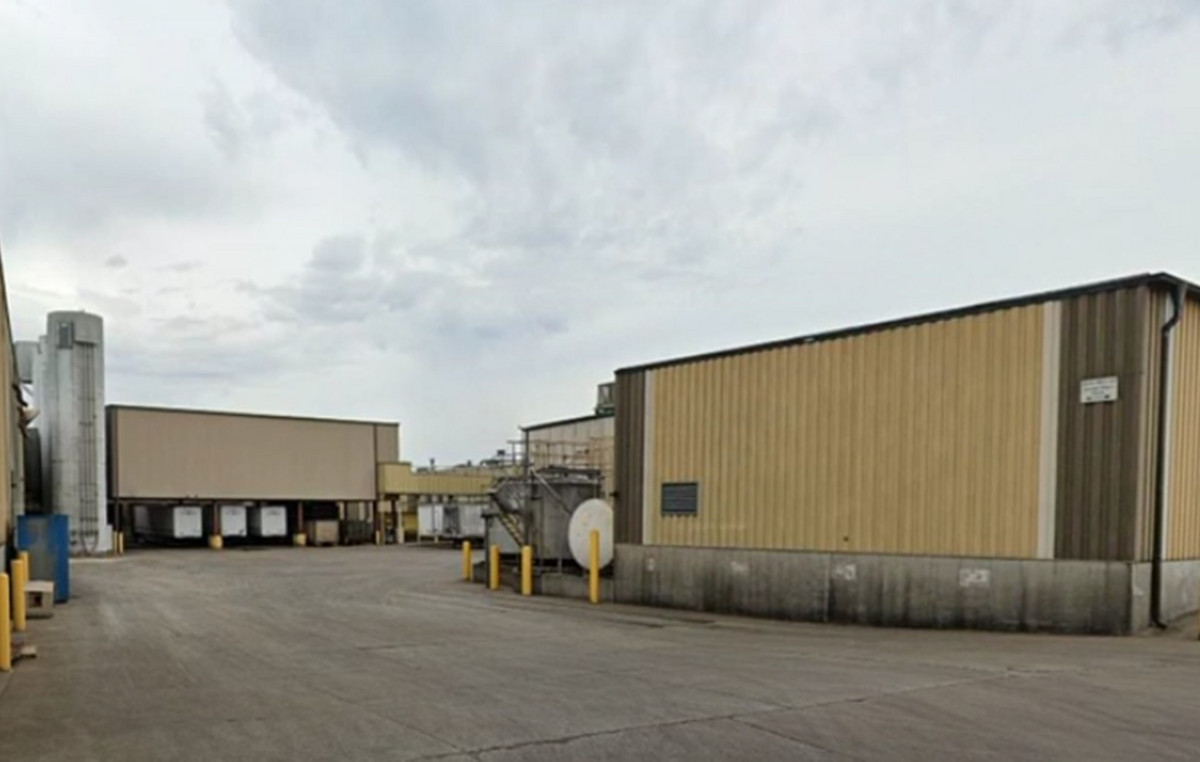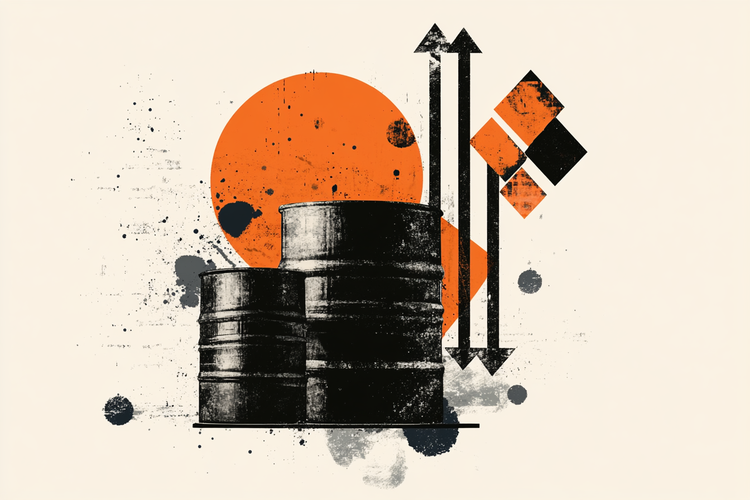“Is this the Adige?” “No, it’s the Po.” “So small?”. The dialogue is real, done by car passing over the Brenner motorway bridge between Emilia-Romagna and Veneto. The answer to the last question is yes. The Bit, the great river appears small as it has rarely been seen in the past seventy years. At Ponte della Becca it dropped to -3.7 meters to the lowest levels for at least 70 years. Given the weak flow of the river, the sea water goes up its course, but it is not useful for irrigation: now it has reached about thirty kilometers from the mouth making it impossible to cultivate in the delta areas.
There is no water here and there is nowhere in central and northern Italy. The fear is that we have to get to rationing. To remove the water from the taps of the houses at certain times to allow irrigation. In some municipalities the tank trucks. There are areas where it hasn’t rained for four months. On the glaciers of Trentino, a quantity of snow between 50% and 60% of the average value of the historical series was measured.
The president of the Region Lombardy Attilio Fontana has announced that he will ask for a state of emergency, that of Piedmont Cirio has requested a state of calamity for agriculture. Without water, the example is the most trivial, the rice fields do not work. Federico Caner, councilor of Veneto and coordinator of the agriculture sector of the Conference of the Regions, hypothesizes a request to the government for an intervention to make the use of water for human and agricultural use prevail over energy, if the situation does not change.
Content
This content can also be viewed on the site it originates from.
While this situation remains, there will no longer be the conditions to derive water from the Po to irrigate the fields according to the Consorzio della Bonifica Burana, which deals with part of the agricultural land in Emilia. The invitation for everyone is to make careful use of the scarce water resource available.
According to Coldiretti in the Po basin over 30% of national agricultural production and half of livestock are threatened due to the lack of water. This year, wheat production has a 15% drop in harvest yields. Sunflowers, corn and other cereals are in trouble.
The problem is all about the North Center, not only the Po area. The report of the association of reclamation consortia speaks of the «first season in which the consequences of climate change on the Peninsula are massively highlighted». The Arno has flows halved compared to the monthly average, in the Marche the river Sentino is at an all-time low, the reservoir of Lake Trasimeno is halved.
In Lombardy it was decided to increase the water releases downstream of the Valtellina reservoirs for the next ten days. This is an aid to the agricultural sector, but leads to a reduction in hydroelectric power generation. The order of the mayor of Tradatein the Varese area, which prohibits watering orchards and gardens, washing the car and refilling the swimming pools, could reach many other municipalities.
In Italy, in a century, the availability of water has dropped by 19%. More than a quarter of the national territory is at risk of desertification. They are the regions of the South, but not only. A Coldiretti analysis on the situation of the national territory based on data says so Ispra (Higher Institute for Environmental Protection and Research) on the occasion of the UN world day for the fight against desertification and drought on 17 June. Drought is not this year’s problem, it is a lasting problem that will remain in the years to come and that is systematically addressed.
– Naples, no stop to clothes hanging in the alleys: the ban is averted
– 10 things to know about water
Source: Vanity Fair

